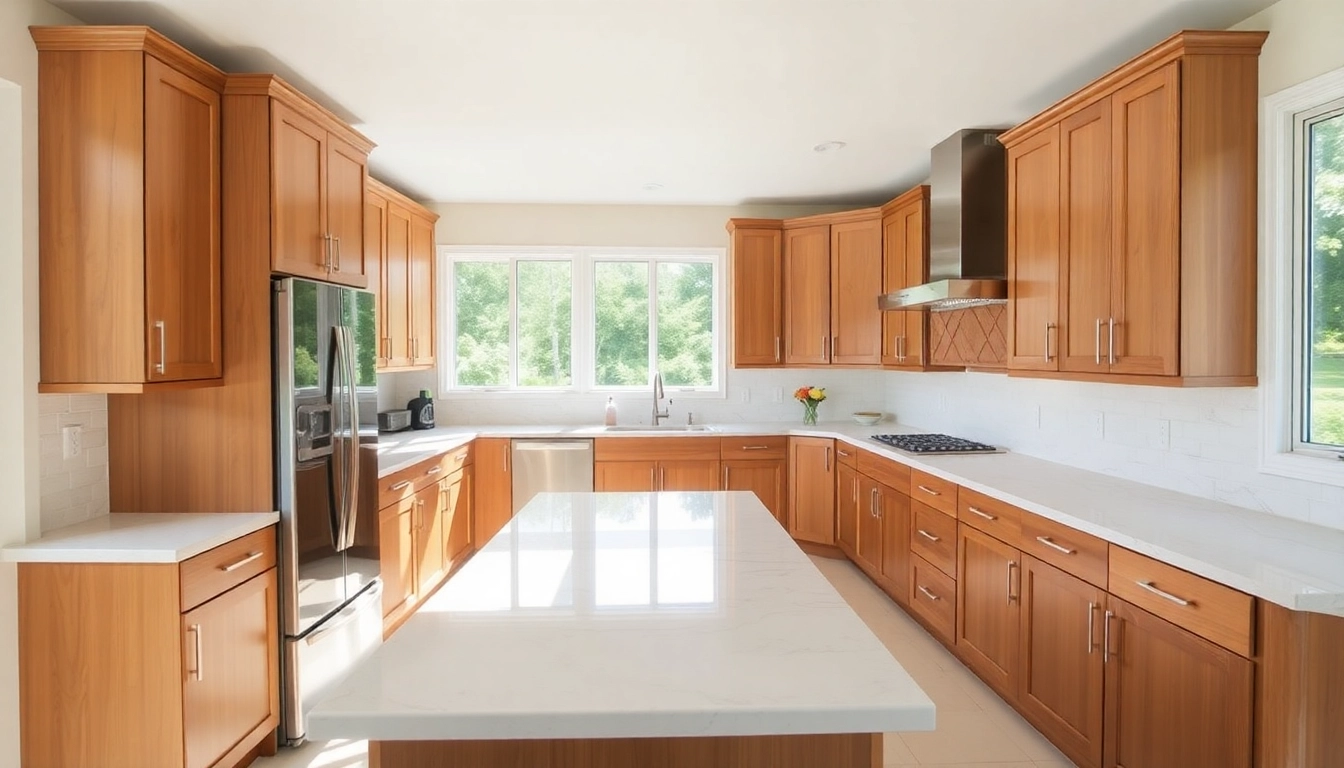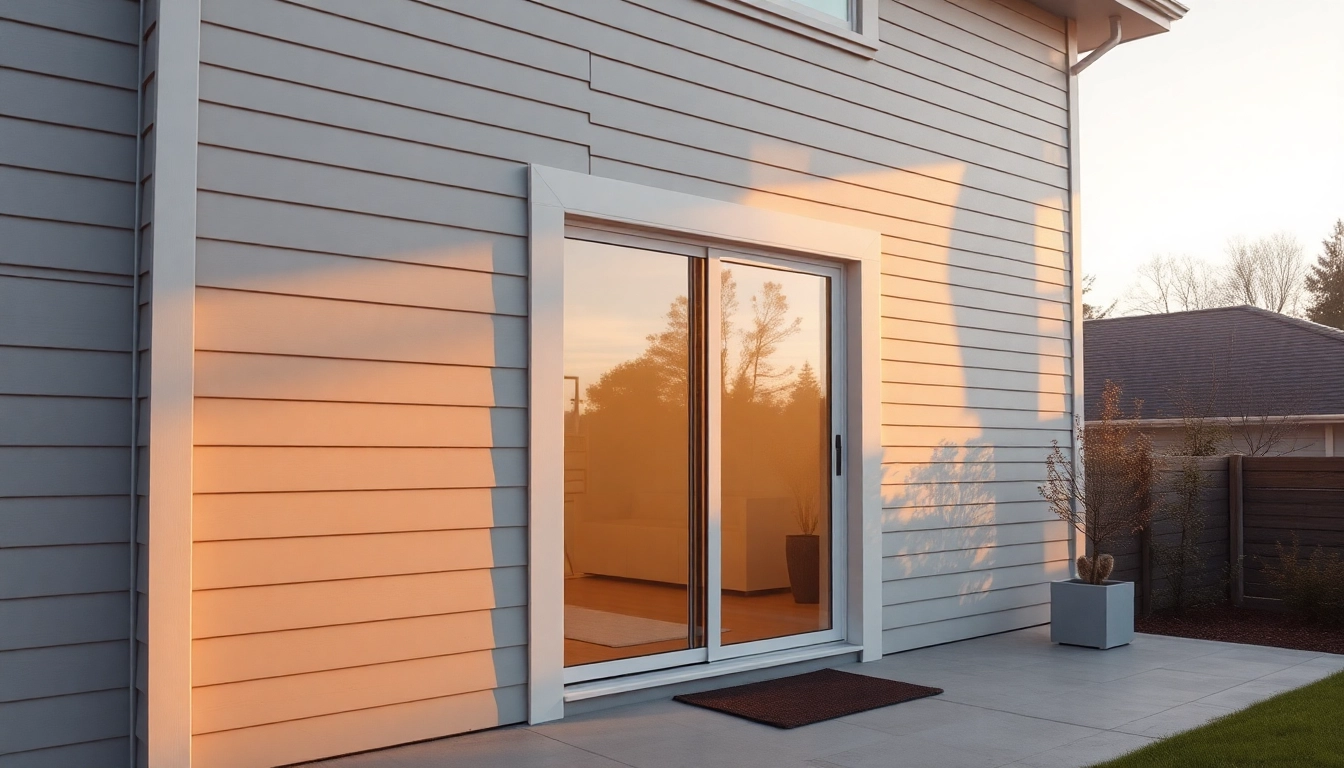Understanding Remodeling: Definitions and Key Concepts
Remodeling is more than just a buzzword in home improvement—it’s a transformative process that can redefine the character and functionality of a space. At its core, Remodeling involves altering a property’s structure, layout, and aesthetics to meet specific goals, whether those goals focus on modernizing a home, increasing its value, or adapting it for new uses. Unlike simple cosmetic updates, remodeling often requires strategic planning, skilled craftsmanship, and an understanding of both architectural principles and client needs.
What Does Remodeling Entail?
Remodeling encompasses a broad spectrum of activities, including but not limited to interior redesigns, structural modifications, additions, and technological upgrades. It can range from minor adjustments like replacing kitchen cabinets to extensive overhauls such as adding new rooms or reconfiguring floor plans. The essential element that sets remodeling apart from basic renovation is the scope of structural changes it involves. It often includes electrical rewiring, plumbing reroutes, and foundation work, which requires meticulous planning and professional execution.
Differences Between Renovating and Remodeling
Understanding the distinction between renovating and remodeling is vital when planning your project. Renovating typically involves cosmetic improvements—updating paint, replacing fixtures, or refinishing floors—to enhance the visual appeal without altering the fundamental structure. Remodeling, on the other hand, refers to changing the layout or physical structure, such as knocking down walls to create an open-concept kitchen or adding an extra bathroom. Both processes can increase a property’s value and usability, but remodeling usually demands a larger investment and more complex planning.
Common Remodeling Projects and Their Benefits
Some of the most popular remodeling projects include kitchen renovations, bathroom upgrades, basement finishing, and home extensions. Each of these projects offers unique benefits:
- Kitchen Remodeling: Modern kitchens improve functionality, aesthetics, and property value—an essential space for family and social gatherings.
- Bathroom Upgrades: Upgraded bathrooms enhance comfort, efficiency, and can boost resale appeal.
- Basement Finishing: Transforming underutilized spaces into livable areas increases usable square footage.
- Home Additions: Expanding your home creates space for growing families or new amenities, adding long-term value.
Each project not only elevates the home’s appeal but can also deliver substantial economic returns, especially when executed with expert insight and quality materials.
Planning Your Remodeling Project for Success
Setting Realistic Goals and Budgeting
Before starting any remodeling project, clear goal-setting and accurate budgeting are fundamental. Define what you want to achieve—be it aesthetic appeal, increased functionality, or higher resale value—and prioritize these objectives. Consider long-term needs versus short-term desires. Budget-wise, a detailed cost estimate should include materials, labor, permits, and contingency funds (typically around 10-20% of the total project cost). Proper planning reduces surprises and helps keep the project on track financially.
Choosing the Right Contractor and Design Team
Selecting a reputable contractor is critical to the success of your remodeling effort. Look for experienced professionals with a proven track record in similar projects. Verify credentials, obtain references, and review portfolios. An effective team not only executes your vision accurately but also anticipates potential challenges, suggests innovative solutions, and adheres to safety standards. Partnering with skilled designers can further elevate your project’s aesthetic and functional outcomes by translating your ideas into practical, beautiful solutions.
Designing for Functionality and Aesthetic Appeal
Design is the blueprint for your remodeling project. It requires balancing your lifestyle needs with aesthetic considerations. For example, open-concept kitchens facilitate social interaction, while dedicated workspaces support productivity. Use digital tools or professional designers to visualize layouts and materials. Focus on lighting, color schemes, storage, and ergonomic features to create a harmonious space that is both practical and visually pleasing. Prioritize high-quality materials that align with your budget and long-term durability.
Executing a Remodeling Project: Best Practices and Tips
Steps for Seamless Project Management
Successful remodeling hinges on meticulous project management. Key steps include establishing clear timelines, regular communication, and detailed contracts. Start with a comprehensive project plan that includes milestones, deliverables, and roles. Use project management software or tools for tracking progress and addressing issues proactively. Regular site visits and meetings with your contractor ensure that work aligns with your expectations and allow for adjustments as needed.
Managing Timeframes and Expectations
Time management is crucial, especially since unforeseen delays are common in remodeling projects. Set realistic expectations for completion dates and prepare for possible setbacks due to supply chain issues or weather conditions. Communication is vital—maintain ongoing dialogue with your contractor to stay informed about progress and potential delays. Allow buffer periods between phases and avoid rushing decisions to ensure quality work.
Ensuring Quality and Safety Standards
Quality control involves inspecting materials upon delivery, supervising construction phases, and verifying adherence to safety protocols. Hire licensed tradespeople and ensure compliance with building codes. Incorporate safety measures such as proper scaffolding, protective gear, and secure electrical setups. Document inspections and maintain records for future reference and warranties. Investing in quality craftsmanship minimizes future repairs and enhances the longevity of your remodel.
Measuring Remodeling Success and ROI
Tracking Project Outcomes and Satisfaction
Post-completion, evaluate your remodeling project’s success relative to your initial objectives. Gather feedback from family members and visitors. Conduct inspections to ensure everything functions correctly—plumbing, electrical systems, appliances, and structural elements. Consider third-party assessments or professional home inspectors for unbiased reviews. Satisfaction with the process and final product confirms project success and readiness for future endeavors.
Increasing Home Value Through Remodeling
Strategic remodeling can significantly boost your property’s market value. Focus on high-ROI upgrades such as updated kitchens, bathrooms, and energy-efficient systems. Curb appeal improvements like new siding, roofing, and landscaping also attract buyers. Data suggests that well-planned remodels can recoup 60-80% of their costs at resale, making them a worthwhile investment when aligned with current market trends.
Long-term Maintenance Tips for Renovated Spaces
To preserve your remodel’s integrity, adopt a routine maintenance schedule. Regularly clean and inspect key components—HVAC filters, roofing, plumbing fixtures, and flooring. Address minor issues promptly to prevent costly repairs later. Use recommended cleaning products and professional services for systems requiring specialized attention. Proper upkeep ensures your investment remains functional and aesthetically appealing for years to come.
Latest Trends and Innovation in Remodeling Industry
Sustainable and Eco-Friendly Materials
Eco-conscious remodeling emphasizes sustainable materials like bamboo flooring, recycled countertops, and low-VOC paints. These choices reduce environmental impact, improve indoor air quality, and often result in lower utility costs. Innovations such as green insulation, solar panels, and rainwater harvesting systems are becoming increasingly popular, aligning with global efforts toward sustainability.
Smart Home Integration
Integrating smart technology elevates convenience, security, and energy efficiency. Smart thermostats, lighting control systems, voice-activated assistants, and surveillance cameras can be seamlessly incorporated during remodeling. These advancements not only modernize your home but also contribute to cost savings and a higher quality of life.
Design Inspirations for Modern Homes
Modern design trends favor minimalist aesthetics, large windows for natural light, and open floor plans that foster connectivity. Neutral color palettes, mixed textures, and statement fixtures create inviting spaces. Biophilic design, which emphasizes connection with nature, is gaining traction with indoor gardens and expansive views. Staying informed of these trends helps in creating timeless, stylish homes that appeal to contemporary tastes.

